The Sages inform us that once the entire world was ruled by a single Emperor. Then a great destruction occurred. All the kings of the earth gathered at a single place, a battlefield, in which the entire order was destroyed. This was the great transition between the Ages and the world entered a new Dark Age (Kali Yuga) in 3102 B.C. with no memory of what had come before.
Among a few initiates, however, a surviving knowledge of the previous Ages was passed down from master to student. As fantastic as this all sounds a study of world culture reveals this truth – bits and pieces, like a jigsaw puzzle, scattered around the globe, fit ever too perfectly.
The impetus for this article came rather obliquely from a casual look at a map. There I noticed a curiously named ski resort in the mountains of northern Sweden called Hemavan. Now, in truth, I cannot tell you if this town is ancient or modern, nor the traditional meaning in Swedish. But the name piqued my curiosity. You see, Hemavan is a perfectly Sanskrit name. It is, in fact, the traditional name of the Himalayas. In Sanskrit Hema means ‘snow or cold’ and Van means ‘to possess’. A strikingly perfect name for a ski resort town.
As with any jigsaw puzzle it is always advisable to start with the corners – the neat straight angles, the pieces we can all agree on. This may include language and customs – elements that provide a broad view of a common culture. With those pieces in place we can then add in the odd shapes, the more esoteric tales and traditions, which only make sense within the larger frame.
Language is one such corner piece. For the purpose of this article we will define Scandinavian to include north Germanic languages such as Old Norse, Norwegian, Swedish and Danish. If we review the closest bonds that any community has, it is the family unit, and linguistically we see the connection between Scandinavian (SC) and Sanskrit (SK) fit very neatly. Father is Fadir (SC), Pitar (SK); Mother is Mor (SC), Matar (SK); Son is Son (SC), Sunus (SK); Daughter is Dotter (SC), Duhitr (SK); Brother is Bror (SC), Bratarau (SK); Sister is Syster (SC), Sodarya (SK).
One of the most popular goddesses in ancient Scandinavia was Freya. She was a Vanir, a divinity of nature, a goddess of love, fertility and fortune. The cow was her symbol and one could please her by offering flowers, planting trees, or feeding the cows. The day of the week Friday (Freya’s day) is named after her. Linguists acknowledge that Freya is related to the Sanskrit Priya meaning ‘beloved’, an apt name for the goddess of love.
The alphabet of the old Germanic and Scandinavian peoples is known as the Elder Futhark and is written using the Rune script. It is composed of 24 letters, grouped into 3 sets of 8 letters each, known as the Aettir. Like the bija (seed) letters of Sanskrit, the Runes are used in combination for divination and magic. The first Aett is Freya’s and relates to the creation of the world.
It is said that in the beginning of creation the world was frozen covered in ice. Then, the divine cow, Audumbla, the first creature in the universe, appeared and began to lick the ice. With her hot breath and licks she melted the ice revealing Ymir, the first man, encased within. Ymir then drank the milk from the divine cow, as a child does of its mother, for nourishment. Thus mankind had an intimate connection with cows from the dawn of creation. The name Audumbla is generally translated as ‘the wealth of the cow’. It is likely related to the same root in the Sanskrit word Audarya, meaning ‘generous‘ or ‘magnanimous’.
The cow was of primary importance to the Scandinavian peoples. We can see this in the first two letters of their alphabet both of which relate to the cow. The first letter, or Rune, is ‘Fehu’ meaning both ‘cow’ and ‘wealth’. It is also the first letter in Freya’s Aett, the first letter of her name, and the first creature in the universe, and thus the sacred cow belongs to her. As she was the goddess of fertility, the giving of life to the world begins with the cow. The symbol itself is a simple pictograph representing the two horns of the cow.
The cow was associated with wealth because she provides all the basic necessities of life. Her milk provides both protein, fats, and vitamins. In northern areas, with little sunlight, the cow’s milk provides much needed Vitamin D. Her manure creates fertility in the soil to grow all manner of vegetables. We even see, as far away as Iceland, girls would wash their hair in cows urine as a beauty treatment to provide shine and silkiness. Thus in Scandinavian society wealth was measured in cows and could be used in the payment of debts and as a means of exchange. For this reason Freya was also the goddess of Fortune.
The second letter in the Elder Futhark is Uruz meaning ‘wild bull’ as well as ‘rain/water’. In the Vedic tradition we also see rain and water poetically described as a bull – often as the sound of stampeding hooves. The word sacrifice means ‘to make sacred’. In the Vedic yagna (fire sacrifice) the gods provide rain, which causes the grass to grow. The grass then feeds both the cow and bull. After mating and giving birth, the cow provides milk. This milk is then turned into ghee (clarified butter) and poured back into the sacrificial fire as an offering back to the gods. This completes the sacrificial cycle, uniting the gods, the earth, the animals, and man, making the whole of creation sacred and wonderful. The Sages inform us that the higher powers left our presence at the beginning of this Age of Quarrel as we had severed our connection with nature due to our mistreatment of the cow. The symbol Uruz represents the strong stance of the bull.
The Scandinavian people had a warrior culture. Those warriors who died honorably were taken either to Odin’s Valhalla (Hall of the Slain) or to Fólkvangr (the fields of Freya). One unique element of this warrior culture was the personification of their weapons – giving them names and personalities. Odin wields a spear called Gungnir “the Swaying One’; Thor wields the hammer called Mjolnir “the Crusher”; We see the same tradition with every Vedic warrior wherein they name their weapon and paraphernalia.
As there is life so too is there death. In the Poetic Eddas there are references to a belief in reincarnation:
- Of Helgi and Svava, it is said that they were born again.
- Helgi was the name of a King whose daughter was Sigrun. She became a Valkyrie and rode the air and over the sea. She was Svava born again.
- Sigrun lived but a short while longer, for grief and sorrow. It was the belief in olden times that men were born again, but that is now called an old woman’s superstition. Helgi and Sigrun are said to have been born again as Helgi Haddingjaskati and Kara, the daughter of Halfdan, as told in ’The Lay of Kara.’ She was a Valkyrie.
At death the body was cremated as part of the funeral rites. For mighty chieftains a boat carrying the body was sent out to sea and set ablaze. In one dramatic example, found in both the Eddas and the Nibelungenlied, the body of the hero Siegfried was being cremated upon the funeral pyre. Out of grief Brunhilda entered the fire of her lover as an act of self-immolation.
Finally, while a minor point, no discussion of ancient Scandinavian culture would be complete without a brief mention of the intoxicating libation known as mead which was made of fermented honey. The word mead is derived from the same root as the Celtic ‘medb’ meaning honey. The Vedic peoples were also known to drink an intoxicating beverage made of honey. The Sanskrit word for honey is ‘madhu’. It is said that the Sage Chyavana created a demon named Mada, meaning ‘madness’, ‘intoxication’ or ‘liquor’, to defeat Indra the King of Heaven.
All of the above elements, from language, the relationship with cows, the naming of weaponry, funerary practices, concepts of reincarnation, and even an intoxicating drink made of honey, can be found explicitly in Vedic culture. These are the straight edged pieces of the puzzle providing a broad frame of reference.
Next, we will begin to add the odd shapes and pieces, the more esoteric elements for comparison.
Much of what we know about Scandinavian beliefs comes down to us from the poet Snorri Sturluson who compiled his traditions around 1200 A.D. in the Prose Edda. He composed the Prose Edda to preserve what remained of his tradition before the complete conversion of his country to the new faith of Christianity.
What follows next is a side-by-side comparison of some of the key elements between the Eddas and the Vedas. In many respects the stories are very different. This is to be expected as cultures separated by thousands of years and thousands of miles would develop in very different ways. But there are undeniable similarities too specific to be mere accident.
1 – A War In The Heavens
Eddic – There is a war between the Aesir and the Vanir.
Vedic – There is a war between the Asuras and the Devas.
2 – Creation of a Magic Drink
Eddic – The Aesir and Vanir declare a truce by spitting into a pot and from this emerged a man. He is subsequently killed and his blood creates the Mead of Poetry granting scholarship.
Vedic – The Asuras and the Devas declare a truce and churn the Ocean of Milk. From the churning of the ocean appears a man carrying a pot containing the Nectar of Immortality granting everlasting life.
3 – Theft of a Magic Drink by the King of Heaven
Eddic – Odin steals the Mead of Poetry disguised as an eagle and flies back to heaven. Drops fall from heaven making poets of all who drink it.
Vedic – Indra steals the Soma drink on the back of an eagle and flies back to heaven. In another pastime, drops of the Nectar of Immortality fall to earth marking the four holy sites of the Kumbhamela.
4 – Sacrifice of a Cosmic Giant
Eddic – The gods, headed by Odin, sacrifice the giant Ymir to fashion the world. Here is a sample from the Prose Edda:
“Of Ymir’s flesh was earth created, of his blood the seas, of his bones the hills, of his hair trees and plants, of his skull the heavens; and of his brows the gentle powers formed Midgard for the sons of men; but of his brains the heavy clouds are all created.”
Vedic – The Purusha Shukta (RV10.90) of the Rig Veda speaks of the sacrifice of a cosmic giant to fashion the world. Many linguists believe that Ymir is a truncation of the original Yama(raj).
As but one example, here is a description of the Universal Form from the Srimad Bhagavatam Canto 2, Chapter 1, verses 31-34:
“They say that the Vedic hymns are the thought process of the Unlimited One, that His jaws make up Yamarâja [the Lord of death], His teeth are His affection and that His smile is the most alluring, unsurpassable material energy. Material creation is only the casting of His glance.
Modesty is His upper lip, His chin stands for the hankering, religion is His breast and the path of irreligion is His back. Brahmâ is His genitals, His testicles are the Mitrâ-Varunas, His waist the oceans and the stack of His bones are the mountains.
His veins are the rivers and the plants and trees are the hairs on the body of the Universal Form, oh King. The air is His omnipotent breathing, the passing of the ages, Time, is His movement and the constant operation of the modes of material nature is His activity.
Let me tell you that the hairs on the head of the Supreme Controller are the clouds oh best of the Kurus, and that the intelligence of the Almighty One is the prime cause of the material creation, so one says. His mind, the reservoir of all changes, is known as the moon.”
5 – Creation of a Caste System
Eddic – A progenitor of mankind named Rig (often identified with Heimdall) establishes three castes of warriors, farmers, and workers. Heimdall has multiple mothers, is purest white, has extraordinary hearing, is ever watchful, has golden teeth, and guides humanity.
Vedic – There are four castes of priests, warriors, farmers, and workers. It would appear that Scandinavian society lost the priestly order. In the Rig Veda the god Agni (Holy Fire) also has multiple mothers, is pure white, has extraordinary hearing, is ever watchful, has golden teeth, and guides humanity.
6 – Demons Attack The Bringers of Light
Eddic – The Sun goddess Sól and Moon god Máni are chased by the demon wolves Sköll (“Treachery”) and Hati Hróðvitnisson (“He Who Hates”) across the sky and swallowed.
Vedic – The Sun god Surya and the Moon god Soma are chased by the demon serpents Rahu (“the Seizer”) and Ketu (“the Enemy”) across the sky and swallowed resulting in the eclipses.
7 – The World Tree
Eddic – The World Tree is an Ash tree named Yggdrasil. The meaning of Yggdrasil is ‘The Terrrible One’s Horse‘. Odin hung on this tree, wounded by a spear, for nine nights to learn the mystic secrets of the Runes.
Vedic – The World Tree is the Ashvattha tree. The meaning of Ashvattha is ‘Where the horse stands.’ This is also known as the Bodhi tree under which the Buddha sat to attain enlightenment.
8 – The End of the Age
Eddic – At the end of the Age there is a great battle called Ragnarok which leads to the total annihilation of the old order. The Poetic Eddas inform us:
‘Five hundred and forty gates has Valhalla, Eight hundred Einherjar (warriors) go through each door, when they go off to fight against the Wolf.“
540 gates(X)800 Warriors= 432,000 Warriors.
Vedic – The Age of Kali Yuga is 432,000 years after which a great destruction occurs.
Conclusion
When we look at this partially completed puzzle, which began with a mere glance at a map, a Vedic picture emerges. Both the broad cultural norms as well as the minute details show a consistency with the Vedic culture. No doubt much has changed over time and geography. But there are far too many points of comparison for this to be mere accident.
We would invite you, the reader, to continue researching world history and culture, collecting pieces of the puzzle. The Sages have pointed us in the right direction and now it is up to each of us to remember who we are and where everything began.
Other Articles by Vaishnava Das:
The Samurai: Protectors of the Cow
Sweet Salt – The Story of How India Invented Sugar
India – The Land of Stolen Jewels
The Vedic People of Scandinavia
The Vedic People of Azerbaijan
The Vedic People of Lithuania
India – The Land of Stolen Jewels
The Vedic Origins of the Piggy Bank
Soma – Elixir of the Gods
Manu and the Great Deluge
The Legends of Tulasi In Christianity
The Mysterious Iron Deity made from a Meteor
Ancient Shiva Linga in Ireland

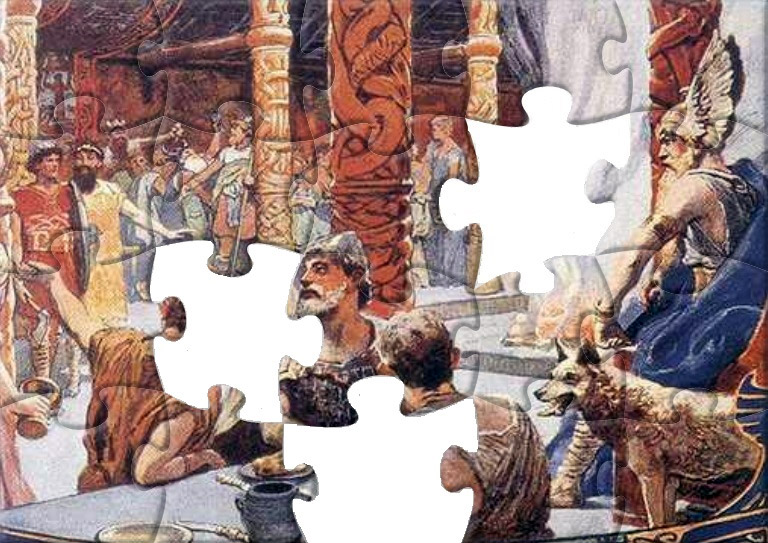
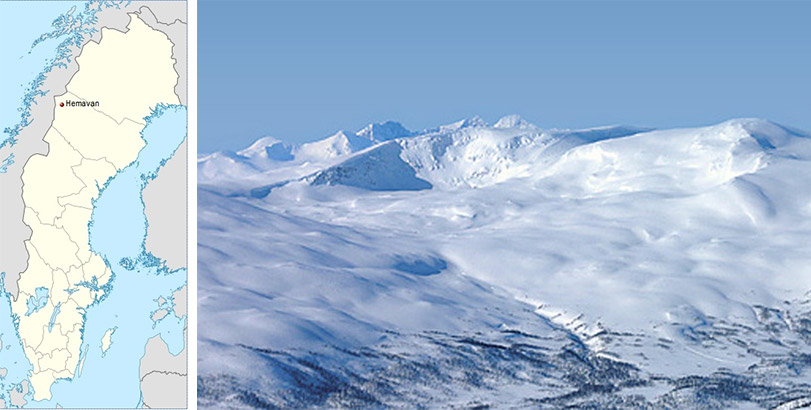

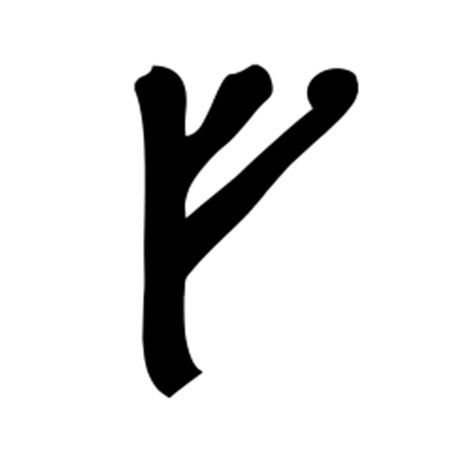
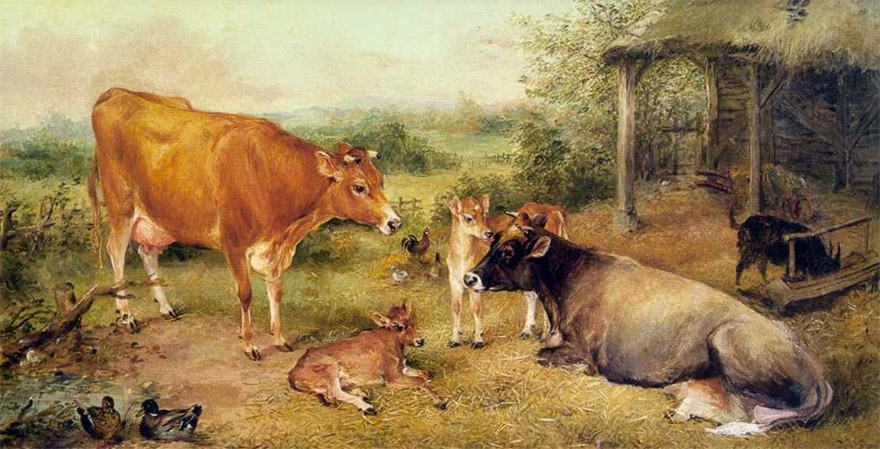
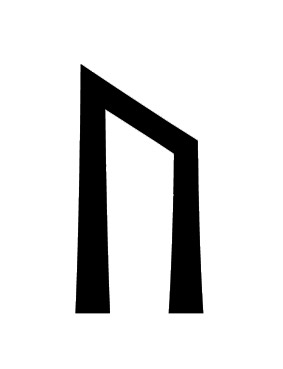
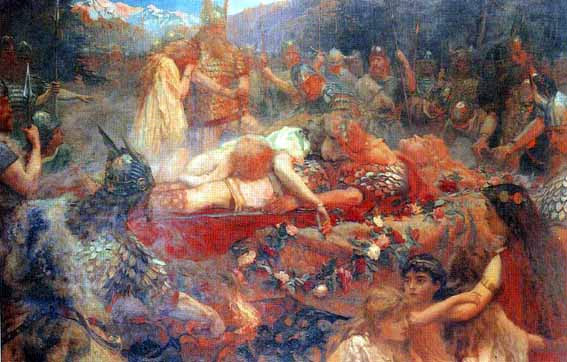
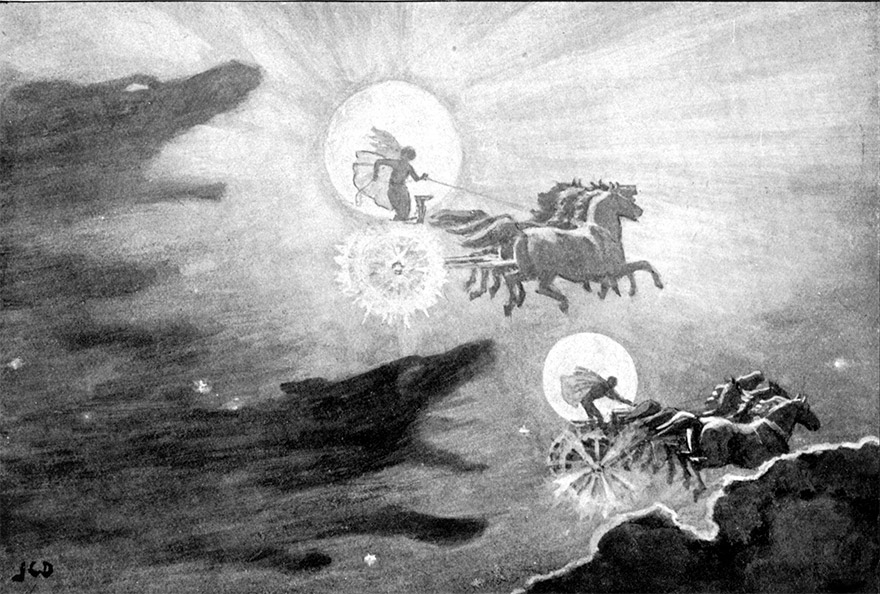
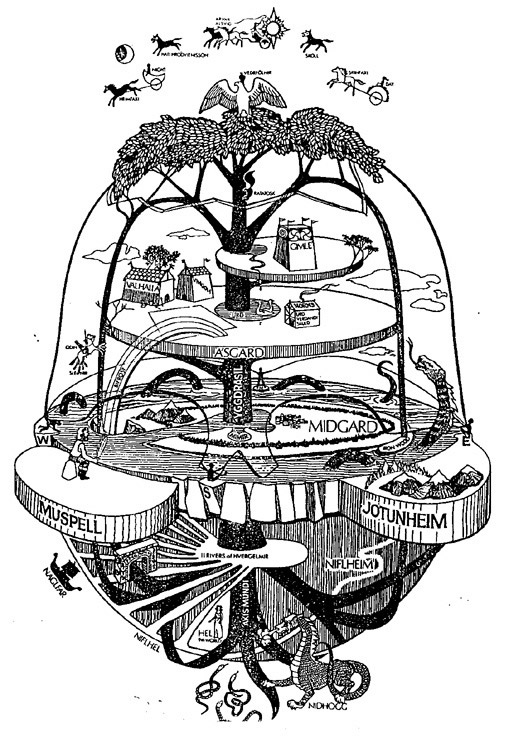
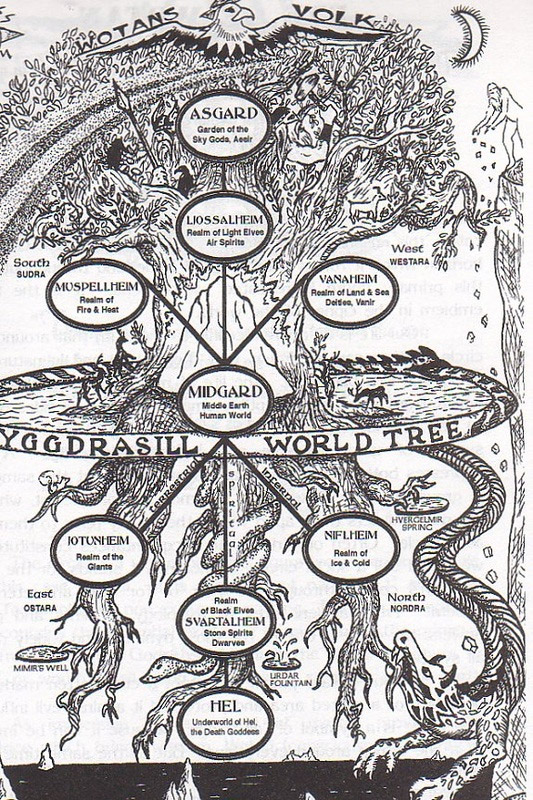




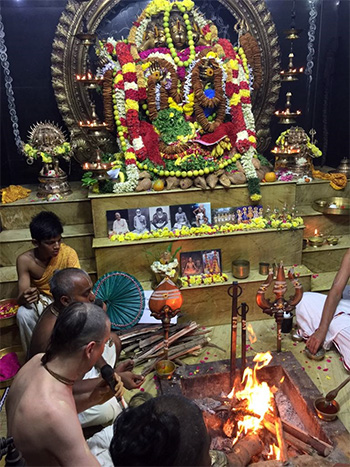
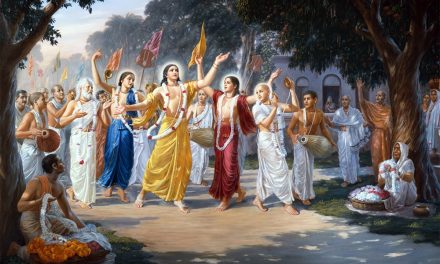

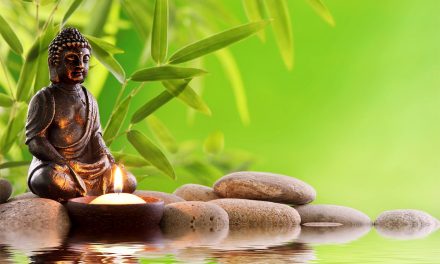
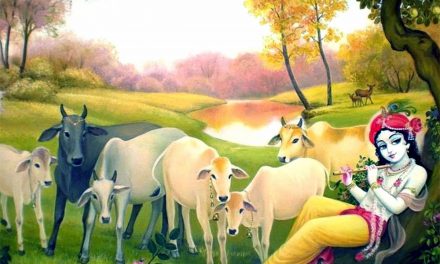
very interesting
interesting story
Excellently researched story. I read through in complete fascination
I lived in Sweden for 12 years. Each year,a Sadhu from Rishikesh used to come to Sweden and travel to the nothern most city of Luleo very near the North Ple. He believed that our Hindu Gods lived there once. I came to know of this after reading in the local newspaper of Luleo. He had given an interview to the press in which he had described the reasons for his annual “pilgrimage”.
I was surprised to read of this- I mean about Hindu Gods having lived in Scandinavia. It was unbelievable. I regret not remembering that Sadhu’s name. It was 50 years ago. I was living in Luleo with my girlfriend. She begged me to go and meet him but somehow, it did not cross my mind as important.Only surprising.
In any case after much persuasion I called the local news paper but was informed that the Sadhu had left by car towards the North Pole.
Dr. UDAY DOKRAS
PhD (Stockholm,SWEDEN)
Absolutely amazing work. The sanatana dharma is so so so old that all the religions, mythologies of world can somehow relate itself to sanatana stories.